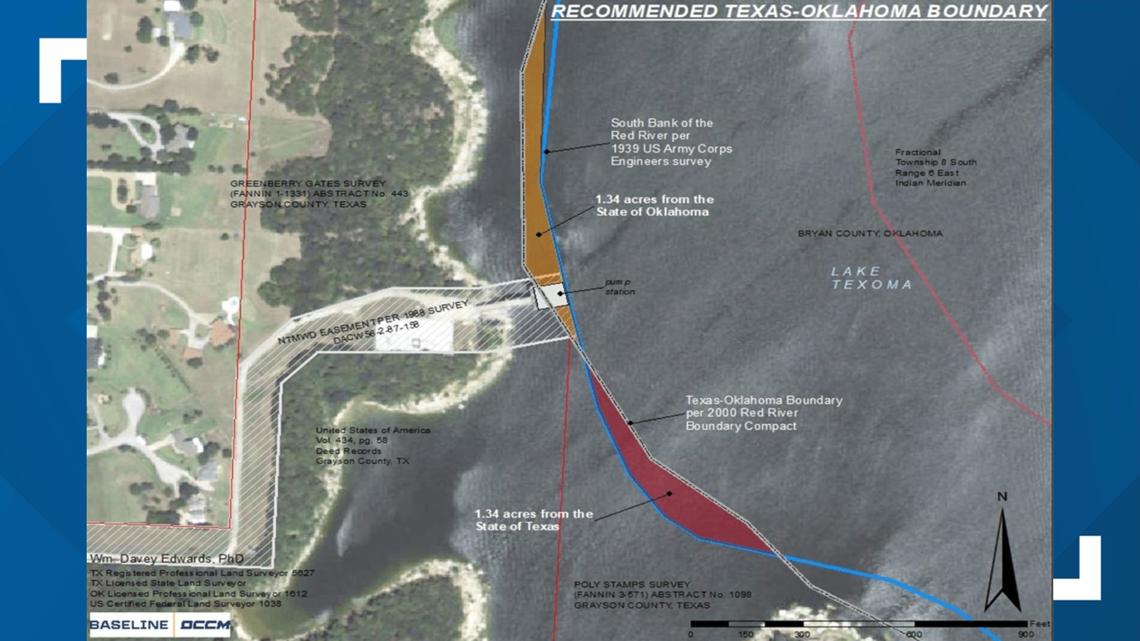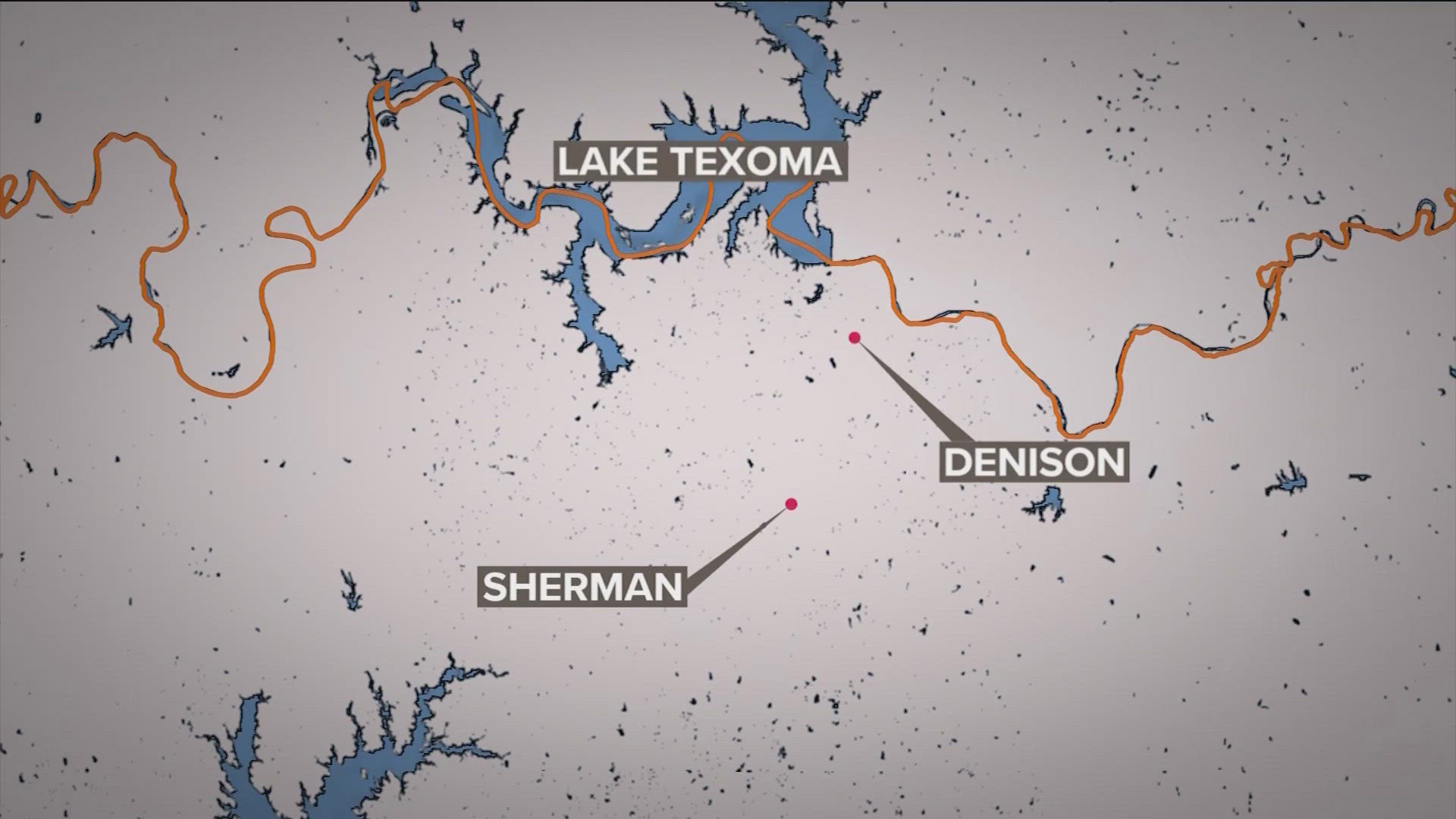AUSTIN, Texas — Think you know where Texas ends and Oklahoma begins? In one stretch of border, that line is actually changing. And it has to do, in part, with zebra mussels.
According to a news release sent out by the Texas General Land Office, the Red River Boundary Commission has redrawn the Texas-Oklahoma boundary under Lake Texoma so that a pump station would be completely in Texas.
So where do the zebra mussels come in?
Back in 2009, the North Texas Municipal Water District (NTMWD) and U.S. Fish and Wildlife Service found the zebra mussels, an invasive species, in Lake Texoma. When they did, the NTMWD suspended pump station operations there to keep more zebra mussels from entering and growing in number. According to the Texas General Land Office, that led to a question about where the pump station was actually located. If it was in Oklahoma, the pump station would be violating federal law -- the Lacey Act -- on transporting zebra mussels across state lines.
It turns out the pump station, which provides drinking water to parts of North Texas, was built straddling the border that separates the two states. According to the North Texas Water Management District, the boundary was incorrectly drawn that way in 2000.
In 2014, a congressional exception was granted to restore the pumping and to regain access to the Lake Texoma water supply, NTMWD built a pipeline extension to take water straight into its Wylie water treatment facility.
Then at the end of October, the Red River Boundary Commission – which is made up of officials from both Texas and Oklahoma – agreed to fix the boundary so that the pump station would fully be in Texas.
“This redrawn boundary line will ensure that millions of north Texans' water comes from a secure source in Texas,” said Texas General Land Office Commissioner Dr. Dawn Buckingham. “I am proud of the GLO’s surveying team for playing such a significant role in settling this boundary issue by using their mapping skills and expertise.”
“We’re pleased we’ve reached an agreement with our partners in Oklahoma ensuring continued use of our Lake Texoma pump station to provide water to our rapidly growing service area,” said Jenna Covington, Executive Director and General Manager of North Texas Municipal Water District. “This agreement secures a vital water supply for the region, as Lake Texoma accounts for approximately 20 percent of NTMWD’s permitted water supplies that serve more than two million North Texans.”
Here's the new redrawn border.


The area where the border is being altered doesn't belong to either Texas or Oklahoma. It's actually owned by the United States Army Corps of Engineers.
Want to read more about this story? Here's a release from the North Texas Water Management District and another from the Texas General Land Office.
What are zebra mussels?
According to the Texas Parks and Wildlife, the zebra mussels were first discovered in Texas in 2009., They're native to the Black and Caspian Sea in Eurasia. They were found in Lake Texoma. They’ve been found in the Red, Trinity, Brazos, Colorado, Guadalupe, San Antonio, and Rio Grande river basins. The U.S. Geological Survey says they have negative impacts on the water they’re in, specifically, they filter out algae that’s needed for food for some of the native species that they attach themselves to. Power plants also spend millions of dollars removing them from clogged water intakes.

